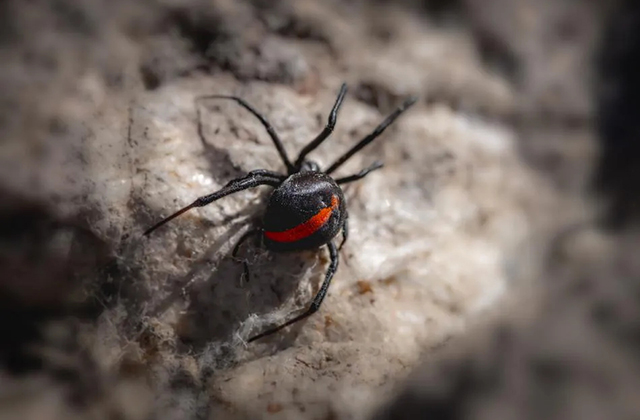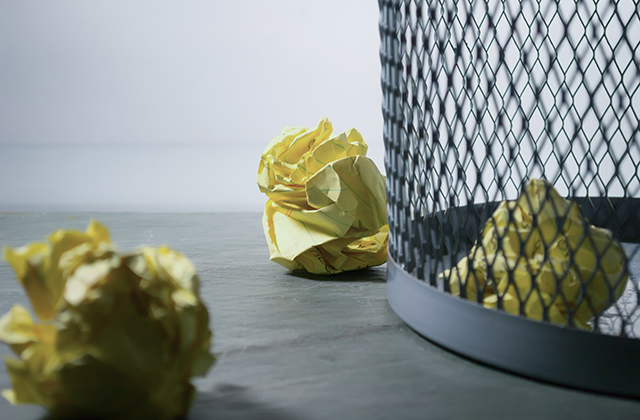Introduction
I’m an artist. I’ve been making art for about 20 years, and I’ve learned a lot of things along the way. Here are five lessons that stand out:
Don’t make art that is too personal.
When you’re making art, it’s important to remember that not everyone is going to like what you do. It’s also true that other people won’t understand your work at all and might even be bored by it. Some people are going to think your art is ugly and weird—and those who say otherwise are probably just trying to make you feel better about yourself or their own taste level. In the case of creating a tv storyboard there is a standard that you need to follow because they are using this in to film making.
In other words: don’t expect anyone but yourself (and maybe a few close friends) to be interested in your work! When I first started making comics online, I would get frustrated when people didn’t comment on my stuff or didn’t share my posts on social media as much as I wanted them too. But then I realized something very important: If someone doesn’t have anything nice or productive to say about an artist’s work then they shouldn’t say anything at all!
Don’t make art that is too political.
Don’t make art that is too political.
Too personal.
Too popular.
Too shocking.
In other words, don’t make art that is expected of you because it sounds cool or will get a lot of attention or even seems like fun at the time (and these are only a few examples).
Don’t make art that is too popular.
- Don’t make art that is too popular.
- Don’t make art that is too political.
- Don’t make art that is too personal.
- Don’t make art that is too shocking.
Don’t make art that is too shocking.
Remember that art is about making people feel something. If your goal is to shock, you will have a tough time getting your message across effectively. Shocking people for the sake of shocking them is not only unnecessary, but it will also most likely backfire on you.
It’s important to remember that the art isn’t about you or what you’re trying to do; it’s about what the audience experiences and how they react. This means that even if an artist has good intentions with their work and doesn’t intend for it to be offensive (or at least not in an intentionally shocking way), people can still take offense because of how their culture views certain topics or symbols.
For example: A few years ago in New York City there was a sign on a billboard advertising “Dude Chilling Park” (a video game). It was meant as an homage/parody of Central Park but some people were offended by this because they thought it was demeaning towards women and minorities who might play games like these while others found nothing wrong with it at all! The creator didn’t mean anything offensive by his mural but he did receive backlash from those who disagreed with his message which led him eventually remove this piece altogether due lack of support from other artists who wanted no part in supporting something like this being displayed publicly near where children could see it
It’s OK to take a break sometimes.
It’s important to take breaks. You can’t be creative all the time. It’s essential to recharge your batteries and spend time with family and friends, as well as yourself. It’s also important to spend some time on your hobbies, even if you don’t think they’re directly related to art or writing.
I’m often asked how I find my inspiration for new work, but what people really want is advice on how they can get started in their own artistic endeavors—and where do you look for inspiration? How do you keep it up? Does it ever go away? If so, when does it come back?
It’s hard not to feel like an imposter when someone asks these questions because I know that one day I won’t have any more ideas at all; every creative person has this fear at some point (if not daily). But until then: Don’t worry about being inspired by everything around you—just do something with it!
5 things I learned being an artist
The point of art is to be seen, so sometimes it’s helpful to think of your audience as a group of strangers. Your friends and family are already familiar with you and your work, so they’re going to have an immediate reaction. It isn’t as important for them to see what you’re doing as it is for someone else who doesn’t know anything about you or your work (and may not even like art).
So here are some things I learned:
- Don’t make art that is too personal. Some people can pull this off, but most people will find their own emotions intimidating and off-putting if they don’t share those same feelings themselves. Avoid making work that relies on others’ identification with certain characters or scenarios to succeed; make something relatable in other ways instead!
- Don’t make art that is too political – especially if someone doesn’t agree with the political position being expressed in the artwork itself! This seems obvious but I’ve seen way too many artists do this without realizing how controversial their work would be perceived by certain audiences (or even worse: they did realize but did it anyway because their beliefs were more important than any other concerns). You’ll find yourself getting into arguments over social media sites with strangers who feel threatened by the message behind your piece — which isn’t fun at all!
Conclusion
I’ve had a lot of fun making art and learning from mistakes over the past few years. While I haven’t been able to do everything on this list, I have learned a lot about what works for me and what doesn’t when it comes to finding inspiration, creating work that others will enjoy too (and hopefully buy!), and staying sane while doing so! Inquire here to learn fun making with arts.



